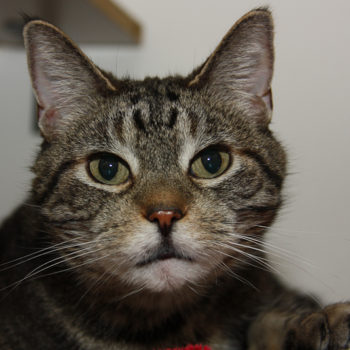They say an ounce of prevention is worth a pound of cure, and that’s never more true than when it comes to the infectious diseases associated with stress in sheltered animals, like feline upper respiratory infections. But what happens if a cat does come down with URI? How can you can treat the individual cat and prevent an outbreak in your shelter or rescue organization?
That’s the topic tackled by Dr. Mary Marcotte of Cherished Life Animal Rescue in Westfield, Indiana, in our latest Maddie Talk.
“Usually, it starts with sneezing… or we see them with squinty eyes or runniness from the eyes,” said Dr. Marcotte. “And unfortunately, the first thing that most people want to do is reach for an antibiotic. But I want to encourage you not to do that. I encourage you to not use the antibiotic as your first line of defense.”
Why? Dr. Marcotte shares that there are other things we can do to help a cat that has become sick that are far more important than antibiotics. The most important is stress reduction.
“Stress plays an enormous role in the general health and welfare of a cat,” she said. “Think about any cat coming into the shelter – that is an incredibly stressful experience. So anything we can do to minimize that for them is going to be crucial in keeping them healthy and helping them recover from disease once they have it.”
Dr. Marcotte continued, “When we look at upper respiratory disease, 90 percent of the time it’s caused by a virus, and an antibiotic is not going to work. The duration of the disease is going to be less if we can control their stress.”
Wondering when you should use an antibiotic? Find out the answer, plus important facts about dewormers and hydration, in the full 8-minute Maddie Talk, Treating Upper Respiratory Disease in Cats.

